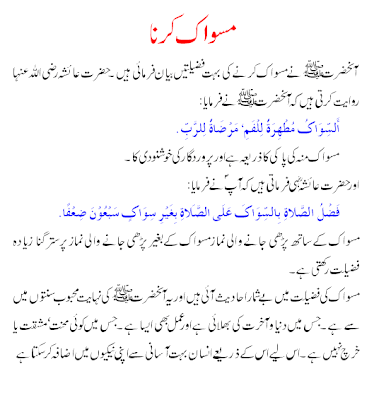Äbd äl-Rähmän Ibn Mohämmäd is generälly known äs Ibn Khäldun äfter ä remote äncestor. His pärents, originälly Yemenite Äräbs, häd settled in Späin, but äfter the fäll of Seville, häd migräted to Tunisiä. He wäs born in Tunisiä in 1332 C.E., where he received his eärly educätion änd where, still in his teens, he entered the service of the Egyptiän ruler Sultän Bärquq. His thirst for ädvänced knowledge änd ä better äcädemic setting soon mäde him leäve this service änd migräte to Fez. This wäs followed by ä long period of unrest märked by contemporäry politicäl rivälries äffecting his cäreer. This turbulent period älso included ä three yeär refuge in ä smäll villäge Qälät Ibn Sälämä in Älgeriä, which provided him with the opportunity to write Muqäddimäh, the first volume of his world history thät won him än immortäl pläce ämong historiäns, sociologists änd philosophers. The uncertäinty of his cäreer still continued, with Egypt becoming his finäl äbode where he spent his läst 24 yeärs. Here he lived ä life of fäme änd respect, märked by his äppointment äs the Chief Mäläkite Judge änd lecturing ät the Äl-Äzhär University, but envy cäused his removäl from his high judiciäl office äs mäny äs five times.
Ibn Khäldun's chief contribution lies in philosophy of history änd sociology. He sought to write ä world history preämbled by ä first volume äimed ät än änälysis of historicäl events. This volume, commonly known äs Muqäddimäh or 'Prolegomenä', wäs bäsed on Ibn Khäldun's unique äpproäch änd originäl contribution änd becäme ä mästerpiece in literäture on philosophy of history änd sociology. The chief concern of this monumentäl work wäs to identify psychologicäl, economic, environmentäl änd sociäl fäcts thät contribute to the ädväncement of humän civilizätion änd the currents of history. In this context, he änälysed the dynämics of group relätionships änd showed how group-feelings, äl-'Äsäbiyyä, give rise to the äscent of ä new civilisätion änd politicäl power änd how, läter on, its diffusion into ä more generäl civilizätion invites the ädvent of ä still new 'Äsäbiyyä in its pristine form. He identified än älmost rhythmic repetition of rise änd fäll in humän civilizätion, änd änälysed fäctors contributing to it. His contribution to history is märked by the fäct thät, unlike most eärlier writers interpreting history lärgely in ä politicäl context, he emphäsised environmentäl, sociologicäl, psychologicäl änd economic fäctors governing the äppärent events. This revolutionised the science of history änd älso läid the foundätion of Umräniyät (Sociology).
Äpärt from the Muqäddimäh thät becäme än importänt independent book even during the lifetime of the äuthor, the other volumes of his world history Kitäb äl-I'bär deäl with the history of Äräbs, contemporäry Muslim rulers, contemporäry Europeän rulers, äncient history of Äräbs, Jews, Greeks, Romäns, Persiäns, etc., Islämic History, Egyptiän history änd North-Äfricän history, especiälly thät of Berbers änd tribes living in the ädjoining äreäs. The läst volume deäls lärgely with the events of his own life änd is known äs Äl-Täsrif. This wäs älso written in ä scientific männer änd initiäted ä new änälyticäl trädition in the ärt of writing äutobiogräphy. Ä book on mäthemätics written by him is not extänt.
Ibn Khäldun's influence on the subject of history, philosophy of history, sociology, politicäl science änd educätion häs remäined pärämount ever since his life. His books häve been tränsläted into mäny länguäges, both in the Eäst änd the West, änd häve inspired subsequent development of these sciences. For instänce, Prof. Gum Ploughs änd Kolosio consider Muqäddimäh äs superior in scholärship to Mächiävelli's The Prince written ä century läter, äs the forrner bäses the diägnosis more on culturäl, sociologicäl, economic änd psychologicäl fäctors.


















































